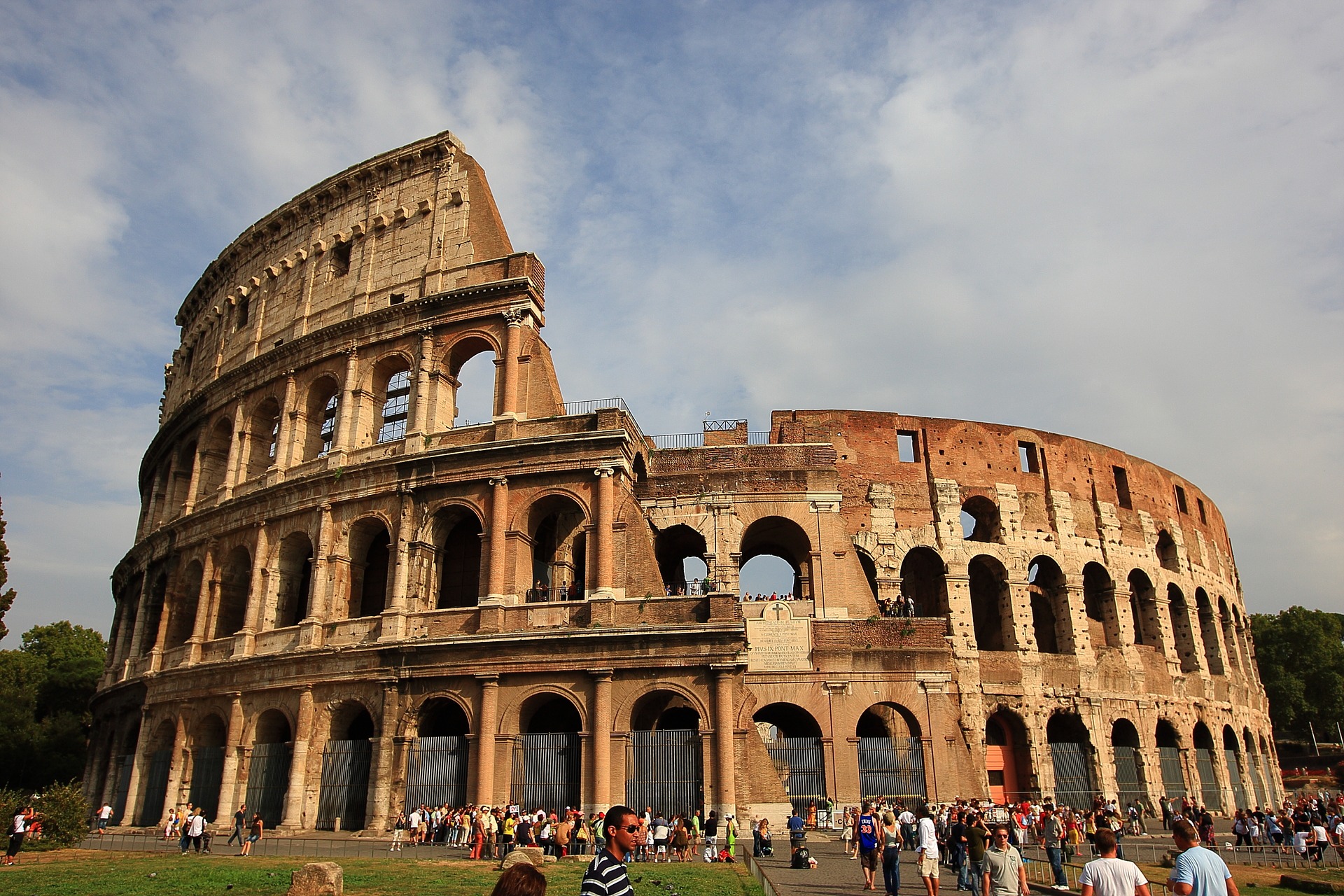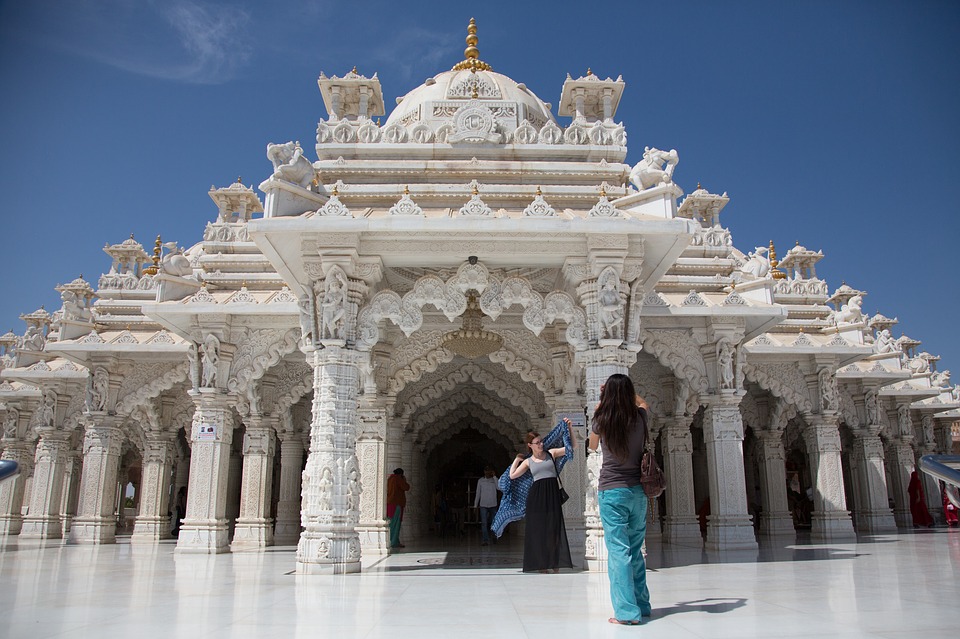From Dal Lake to Apharwat Peaks, Kashmir is a bouquet of heavenly destinations. But not many people know about the Dachigam National Park, which is home to a plethora of biodiversity species.
Himalayas continue to surprise Indians with unique flora and fauna in its territory. And Kashmir, being a crown of the Himalayas, is quite popular for its unparalleled natural beauty.
This national park is nestled just 22 kms away from the capital city of Kashmir, Srinagar, and lies to the east of Dal Lake. If you want to know more about this national park, continue reading this guide till the end.
Location and History of Dachigam National Park

As mentioned already, Dachigam lies in Indian-administered Kashmir and extends to an area of over 141 square kilometers. The park was built in memory of ten villages that were relocated due to the formation of this national habitat.
All these villages have been existing in the region ever before the 1st World War, thus dating back to the 20th century. If you want to enter Dachigam from its main gate entrance, you have to get down at the New Theed bus stand.
Going back in time, the park was initially constructed to supply clean drinking water to the entire city of Srinagar. Although the park was protected till 1910, it became a national park later.
Finally, the park is popular for being the home of Kashmiri stag or hangul. The national park is open all through the year but April to August is the best time to visit it. Srinagar is the closest airport and has close proximity to the park.
Habitat and Biodiversity Prevailing Here
Extending over 140 sq km in the Himalayas, the Dachigam National Park holds impeccable importance. The last surviving population of Kashmiri stags, or the vulnerable hangul, are found here.
As a matter of fact, the largest number of Asiatic black bears are also found in these forests. Other mammals calling Dachigam home are the Indian leopard, Himalayan brown bear, Himalayan wolf, grey langur, and yellow-throated marten.
If we talk about birds, one gets to see the varied avifauna here. It’s truely a delight to see these birds flying all over the park. Dachigam is also the place of raptors, and you can expect to find the Eurasian eagle owl, Eurasian griffon, and Lammergeier.
The Himalayan Swiftlet, Himalayan Woodpecker, and other Avian species habituate in this region of the Himalayas. Other than them, Himalayan monal, European roller, slaty-headed parakeet, Eurasian cuckoo, and even western tragopon are found.
When discussing about significant reasons why Dachigam is so infamous, we have to crawl back to its ecosystem service. The park occupies over half of the catchment area prevailing over the Dal Lake. Hence, it acts as a primary source of water in Srinagar.
Dachigam never fails to impress through its ecological preservation and the evolution of several ecosystems.
Threats To The Dachigam National Park

The significantly protected area in Kashmir is under threat at present. Irfan Rashid, an assistant professor at the University of Kashmir, has some revelations regarding the park’s findings.
1. Lakes Are Filled With Sewage
According to their findings, the park’s vicinity has maximized by 325% in the past few decades. This was also the same time when Dal Lake’s surface aquatic vegetation grew by 175%. The reason for this increase was due to the development of built-up areas.
Unfortunately, this has caused more sewage to seep into the lake. Moreover, the sewage results in less growth of quality flora and fauna inside the national park.
2 Reduction Of Natural Habitats
Another finding reveals that the forest cover of the park was reduced by seven percent, which eventually had an impact on the natural habitat. More than 39% of flora and fauna have started to become extinct, hinting at habitat fragmentation.
If the study is to be believed, there might be a 10% rise in urban growth in the future. Moreover, this will result in the degradation of shrublands, pastures, and even forests.
3. Impact On The Dal Lake
Destructions don’t stick to a particular place; they tend to move to other areas as well. Hence, a drop in the park’s forest cover might result in more silt inside the water and decrease the quality of Dal Lake.
There is a dire requirement for maximum sewage treatment plans that can increase the efficiency of sewage transportation. Instead of intruding on the nutrients inside the water, these can be passed on through other ways.
Priorities To Protest Dachigam National Park

Scientists impose all their emphasis on assessing the importance of anthropogenic threats lying in and around these areas. One of the toughest factors is that the protected areas are usually short-staffed.
Hence, most of the regions remain unattended, and later, they become prone to damage. Most areas in the Indian Himalayan Region are nestled in high-altitude regions, which is why the terrain is very uneven. Hence, the field staff must be adequately trained to handle things.
Additionally, conservation efforts would be incomplete if there was no involvement of local communities. All these communities have stayed in the regions for a long time. Hence, they understand the local places better.
A forest conservating officer has said in this regard, “There is a need for strengthening the existing educational institutes in the vicinity with science and socio-economics-based teaching programs.”
Such an effort would offer an imperative education to the concerned authorities, and even line workers could get basic training. Saving of the Dachigam National Park has also to be done with the popularization of technologies.
Different Transportation Routes To Reach The Park
This not-so-hidden gem in Kashmir is actually reachable from various parts of the city. As mentioned already, May or August is the best time to reach the upper terrains.
It’s time to find out some of the best routes available to reach the national park.
- Air Routes
When traveling through air transports, one has to get down at Srinagar as it is the closest airport to the park. Every day, Indian Airlines flights are available from the country’s national capital.
The overall journey takes somewhere around 75 minutes, and there’s no stop in between. Metropolitan cities like Mumbai, Bangalore, and Delhi are well connected to Srinagar. Connecting flights goes like this:
Jammu to Srinagar- Layover at Delhi- Delhi to Srinagar.
- Train Routes
If you are traveling by train, Jammu will be the nearest railway station, which is connected by scheduled trains.
One can board the JP Jat Express from Delhi, Jammu Mail, Shalimar Express, and Jhelum Express from the southern and eastern ends of the country.
Between Mumbai and Jammu, the following trains are available:
- Jammu Tawi Express
- Swaraj Express
Jammu Tawi also passes through Kolkata and takes around 45 hours to reach Srinagar from the boarding destination.
- Road Routes
Are you trying to reach the Dachigam National Park by road? Don’t worry because there are options, too! If you are traveling from Srinagar, take the road route from Shalimar Bagh to Harwan and then to Dachigam Park.
On the flip side, if you want to access it from Jammu, opt for the NH1 to Srinagar and then move to the state road. You can expect to reach Dachigam in about a few hours.
Finally, Dachigam has good connections to Srinagar, while its upper part is only accessible by foot.
Other Local Attractions Near Dachigam
Dachigam National Park is a true retreat for birdwatchers, nature lovers, and those who want relief from chaos. But what if you are tired of watching the same scenery again and again?
Well, don’t worry! Kashmir, the surreal beauty, is packed with picturesque destinations. Given below are some local attractions which are very close to Dachigam. Check them out:
1. Tarsar Lake, Pahalgam

Lying at a distance of 6.3 km from Dachigam, Tarsar Lake is the crown of Kashmir. You can trek here and relish the scenery around at an altitude of 3,780 m.
Tarsar Lake is well embodied by snow-clad peaks; some even go as high as 980 feet. Additionally, one gets blown away from the opulent meadow and lush pine vegetation.
2. Nishat Garden

Nishat Garden is just 8.9 kms away, which is a mesmerizing landscape decorated with well-maintained gardens. This garden is also the second-largest Mughal garden present in Kashmir.
You will find it on the eastern banks of Dal Lake, where you can spend hours just enjoying the garden view. For even better sightseeing, take a shikara, which gives you a better view of the authentic Kashmiri garden.
Concluding Words
All in all, Dachigam National Park is a must-visit once in your lifetime. The park is home to multifarious flora and fauna species. So, what’s stopping you from packing your bags and leaving for Srinagar’s hidden gem?
If you have already traveled to this iconic destination, share your travel experiences with us in the comment box. It’s always a delight to hear it from our readers and avid travelers.
Keep following Dream & Travel for more!













